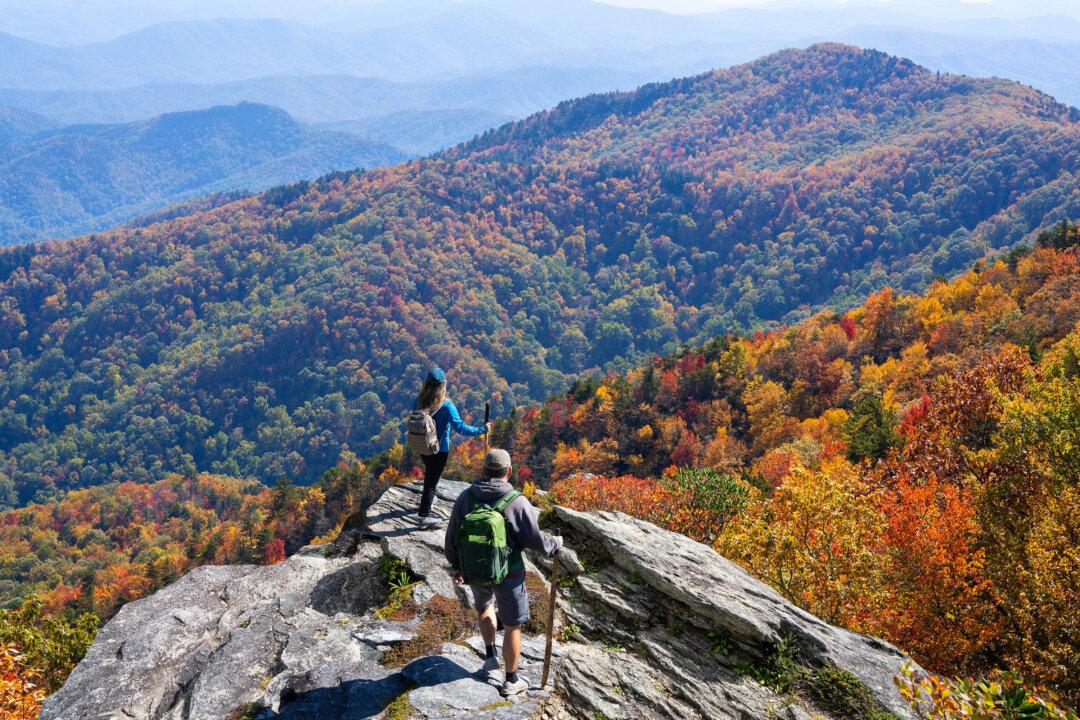An ancient network of pilgrim paths crisscrosses Europe. They meet at the tomb of St. James in northwestern Spain, like veins leading to a heart. These roads are known as the Camino de Santiago, or the Way of St. James. Hundreds of thousands of pilgrims walk these routes each year, treading the same ground as countless generations of wayfarers before them. The tradition stretches all the way back to the ninth century, when the routes were first established.
These paths have known the songs and steps of untold numbers of pilgrims over the centuries—so many life stories, so many journeys, both spiritual and physical, have intersected with the Camino and settled into the history of the road like dust. Pilgrims on the Camino carry special passports that, over the course of the journey, fill with stamps from historic sites along the routes, as the hikers’ memories fill with stamps of faces, views, experiences, and interior epiphanies.
People walk the Camino for many different reasons. Some walk the Way of St. James as a personal challenge. Others do it to retreat from everyday life and gain deeper self-knowledge or perspective. And some do it for the same reason the pilgrims of the Middle Ages did: spiritual growth and religious devotion.

A nonreligious, U.S. counterpart to the Camino is the Appalachian Trail, which snakes 2,200 miles through the eastern United States.
“One reason a lot of people do the Appalachian Trail is they’ve had some sort of defeat, and they want some sort of accomplishment,” one hiker who walked the whole trail, who called himself “Mosey,” told The Epoch Times. “[Hiking the trail] remains a feeling that I have of accomplishment.”
Whatever the walkers’ motivations, the perennial popularity of trails such as the Camino or the Appalachian Trail proves the profound rewards of something as simple as walking. Even those of us who haven’t braved the steep, sun-blanched paths of the Camino or the rugged ravines of the Appalachian Trail have likely experienced the therapeutic power of walking.
A decision, problem, or conflict has you knotted up inside; you take a walk to ease your mind. The sunlight trickles gently down through the patchwork of leaves over the road, and the birds softly chatter. Life slows. The rhythm of your footfalls steadies you and directs the tributaries of your thoughts into a single channel. And somehow, when you finish the walk, that knot inside has loosened, maybe even disappeared. You’ve experienced some of the many benefits of walking.
Mosey, the Appalachian Trail veteran, said he experienced these kinds of mental and physical boosts during his months-long hike.
“I’m a migraine sufferer,” he told The Epoch Times. “I usually have one or two migraines a month. I never had one migraine the entire five months that I was out hiking.
“You know, there’s a connection. There’s sort of this ... metaphysical connection you have with the land [while walking].”

In response to Zeno’s paradox, which claimed that motion is an illusion, St. Augustine said, “Solvitur ambulando"—“It is solved by walking.” Zeno’s argument can appear compelling, but common sense demonstrates the futility of this abstract reasoning. We know motion is real because we can enjoy a walk.
The lesson here is that a concrete experience of reality, such as walking, can sometimes bring more wisdom than endless hypothetical suppositions that are divorced from reality. Of course, the phrase speaks in a wonderful way to all the benefits and beauty of walking described above. Sometimes, the real solution to the conundrums we face is to lace up our shoes and head outside for a walk.








